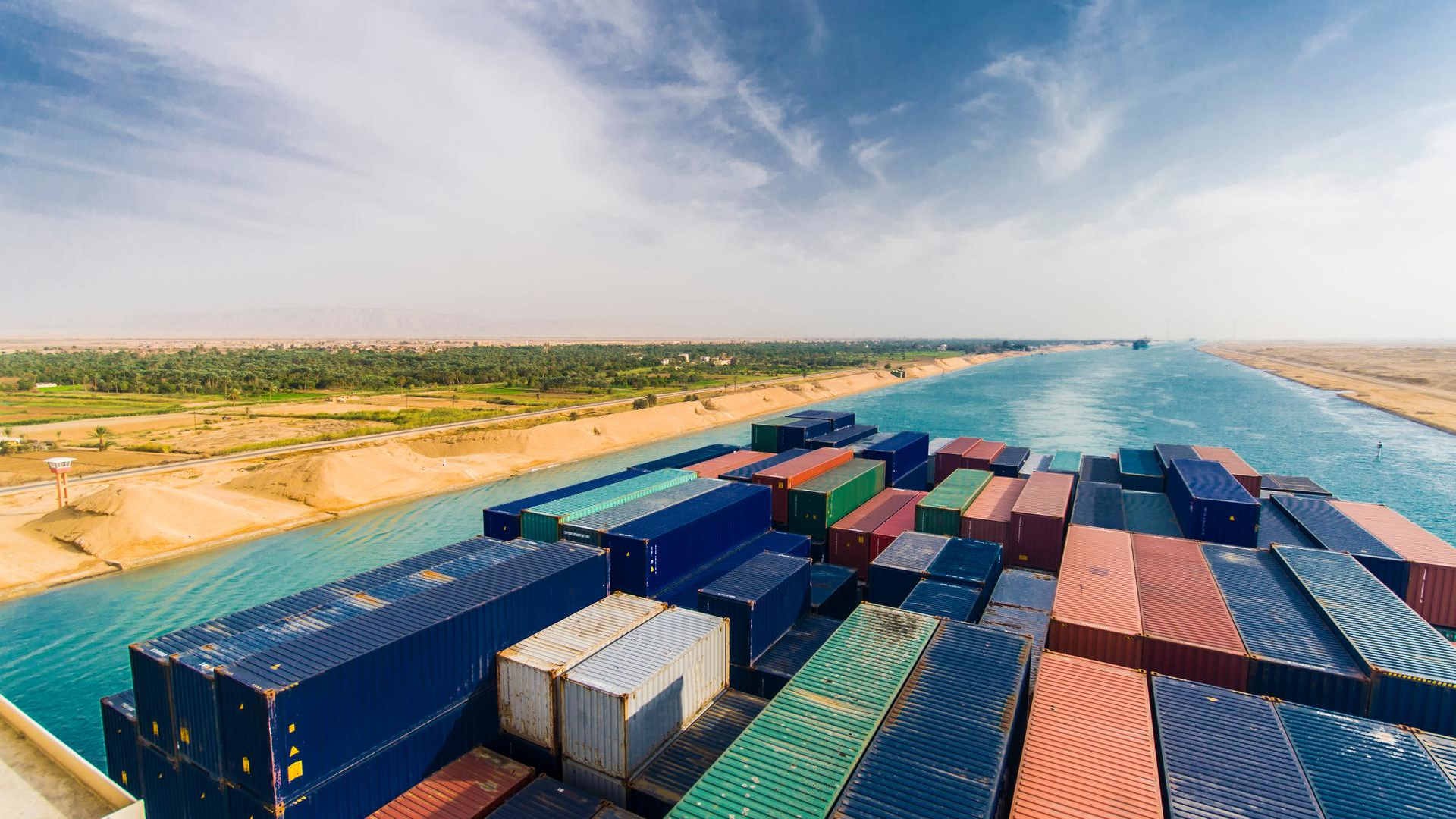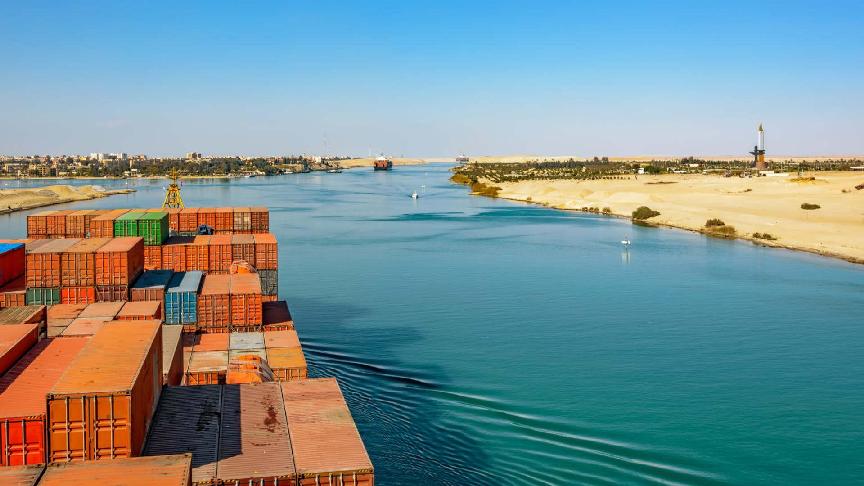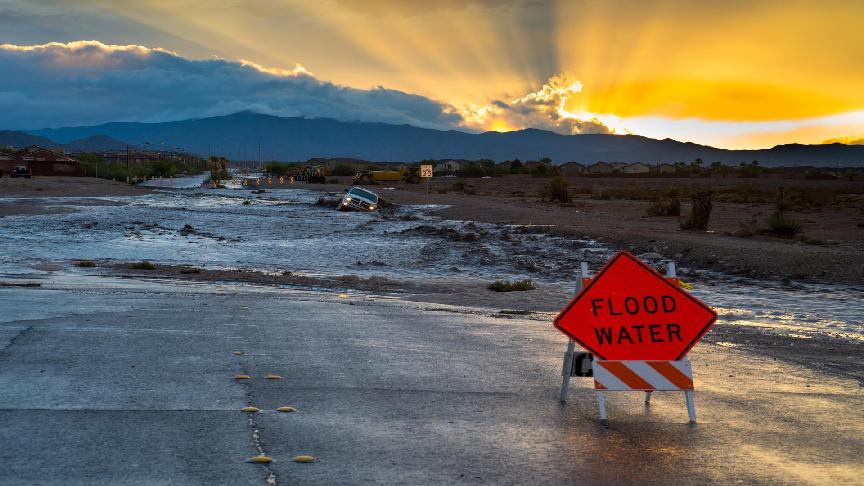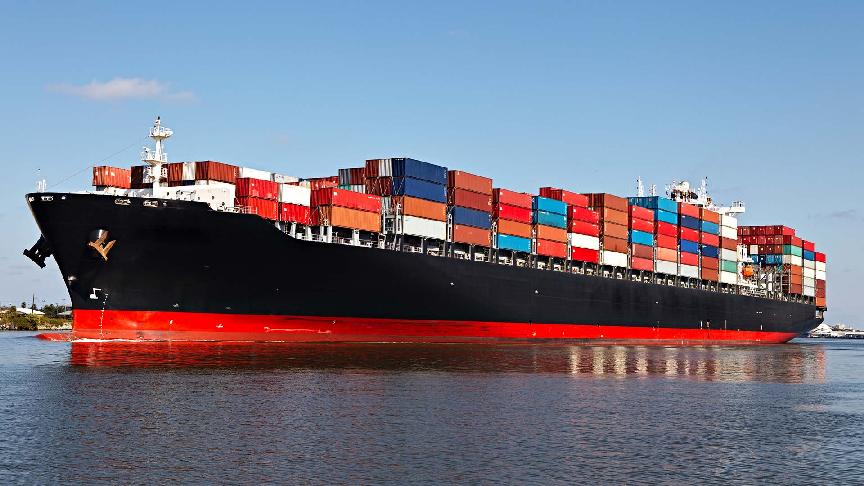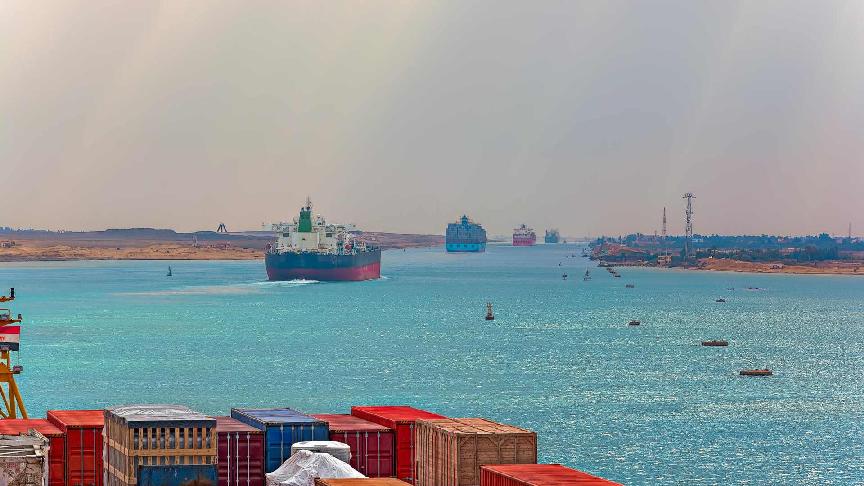THE 17,859 teu CMA CGM Benjamin Franklin (IMO: 9706891) appears poised to enter the Suez Canal for its return journey to Asia, marking what would be the largest containership to use the vital waterway since early 2024.
The vessel is also likely to become the first alliance-operated Asia–Europe ship to transit the Red Sea, where traffic has plummeted over the past nearly two years, following repeated Houthi attacks on merchant shipping.
Vessel-tracking data show CMA CGM Benjamin Franklin is currently approaching Egypt’s Port of Alexandria, after departing Southampton, UK, on October 25. Its AIS destination is listed as Port Klang, Malaysia.
The ship is deployed on the NEU4 service of the Ocean Alliance, whose members include CMA CGM, Cosco Shipping and Evergreen. On the headhaul route to Europe, it sailed around the Cape of Good Hope, as did most boxships of similar size on the Asia–North Europe trade.
CMA CGM Benjamin Franklin is nearing the Suez Canal on its return journey, having sailed from China to North European ports

“CMA CGM Benjamin Franklin’s next port call is Port Klang on November 15, and it is already in the Mediterranean Sea. So I think it is testing the Red Sea,” said Johnson Leung, co‑founder of Linerlytica.
It remains unclear whether the voyage signals a broader fleet return to the region. CMA CGM didn’t immediately respond to a request for comment.
According to Lloyd’s List Intelligence data, containership traffic through the Bab el‑Mandeb Strait has seen some increase this year compared with 2024, but remains at only a fraction of pre‑crisis levels.
For large boxships above 14,000 teu, the recovery has been even slower. During the first nine months of the year, just 13 transits by six vessels of between 15,000 teu and 16,000 teu were recorded — all operated by CMA CGM on Asia–Mediterranean routes.
Boxship traffic through the Bab el‑Mandeb Strait has seen some recovery, but remains far below pre‑crisis levels
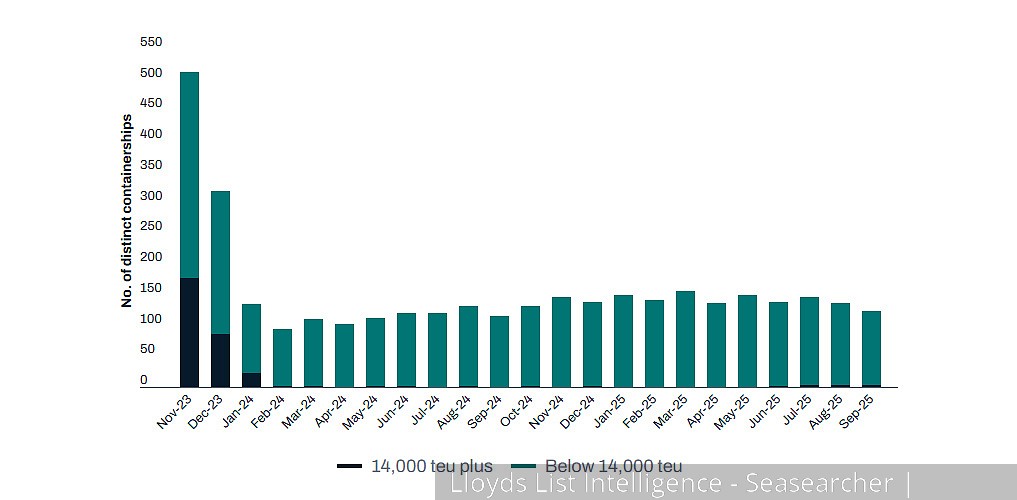
The French carrier’s larger Asia–North Europe vessels, however, had not previously been seen transiting the Suez Canal, Leung said.
The canal has seen no transits by ultra large containerships exceeding 17,000 teu since January 2023, Lloyd's List Intelligence data indicates.
The data also shows that CMA CGM, one of the few liners to continue sending ships through the region throughout the conflict, has averaged about 16 transits a month this year. Its vessels have reportedly been escorted by the French navy to shield them from Houthi drone attacks.
The move by CMA CGM Benjamin Franklin comes after a ceasefire brokered by US President Donald Trump took effect on October 10 between Israel and Hamas, rekindling hopes for peace in Gaza.
The truce has, in turn, boosted expectations of a gradual resumption of Red Sea sailings, although analysts and carriers generally expect a mass return won’t materialise before at least early next year.
The calm in Gaza, however, remains fragile. Israel launched a new series of deadly strikes on the besieged enclave earlier this week, alleging that Hamas had violated the ceasefire agreement, including falsification in the return of one of the hostage’s remains.
This volatility means most shipping companies, particularly major Western operators, are unlikely to redeploy their fleets to the Red Sea routes anytime soon.
CMA CGM Benjamin Franklin was delivered by China’s Shanghai Waigaoqiao Shipbuilding in November 2015. Named after one of America’s founding fathers, it gained fame as the first ULC to call the US, stopping at Los Angeles and Oakland in December that year.
The ship was later reassigned to Asia–Europe services after its final US call in April 2016.
